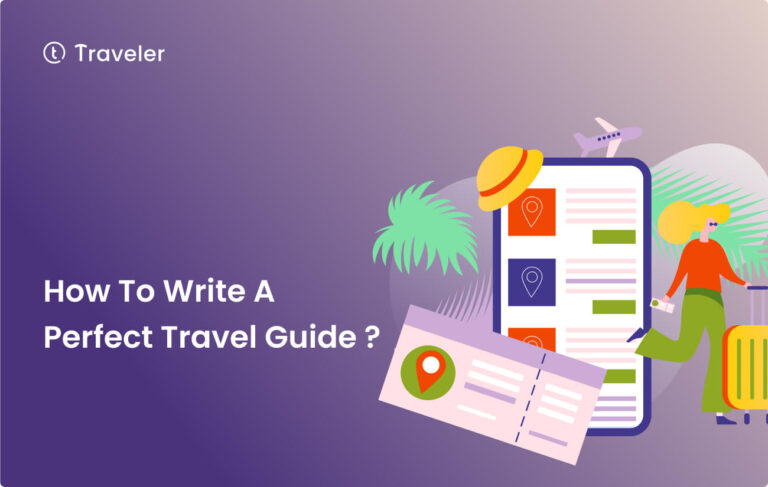Terms And Conditions For Tour Operators: What should you include?

Table of Contents
Are you ready for the next step in your business? Tour operators need a sound set of terms and conditions if they want their business to be successful and make money. It’s one of the most important parts of having a travel business, in fact. Not only do they protect your business and your customers, but they also set standards and keep people from getting confused.
In this piece, we’ll talk about why it’s important to have terms and conditions and what they should say to protect both your business and your customers. So discover the essential components for your tour operator’s terms and conditions for tour operators to provide clarity and protect both parties.
Booking and Payment
Payment Policies

The payment policy tells people how much they have to pay and when. It says how much the deposit is, when payments are due, and what kinds of payments are taken. It is very important that these rules are made clear to guests so they know what is expected of them. As a tour company, you need to offer different ways for people to pay so that it’s easy for them to do so. You wouldn’t want to lose a possible customer because you don’t accept their preferred payment method.
Cancellation Policies

Cancellation policies tell customers what will happen if they have to stop their reservations, including how they will get their money back and what fees they will have to pay. Since delays can have a big impact on your business, this is an important thing to think about. Make sure your guests know what will happen if they cancel their ticket and that you are protected from any possible losses. To keep your business safe, it’s important for tour operators to find a balance between making tourists feel welcome and getting to know them.
Reservation policies

Reservation policies are what guests must agree to when booking their reservations. This covers required group sizes, age requirements, and any other guidelines that visitors must adhere to. These rules should be made clear upfront so that visitors can make reservations knowing what to expect. This can help avoid any confusion or misunderstandings down the line.
Travel Itinerary and Accommodations
Details of the itinerary
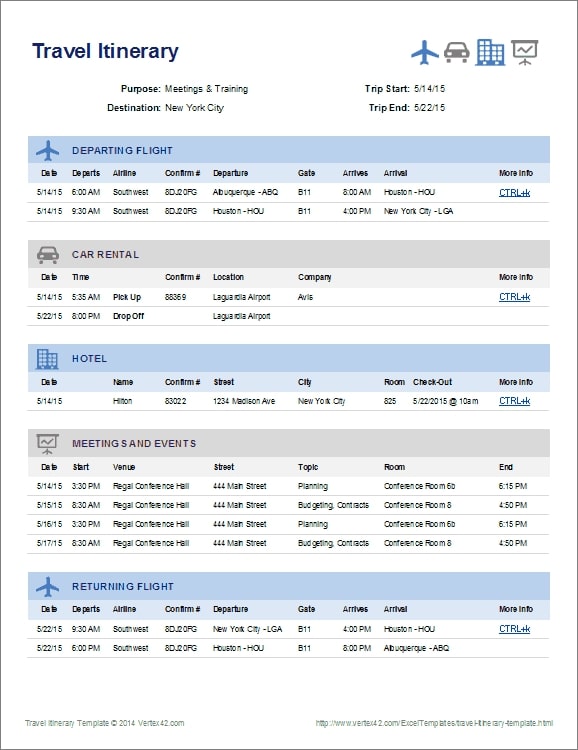
When it comes to the itinerary, you want to make sure your clients know exactly what they’re getting into. That means including all the juicy details such as dates, locations, and activities. Is your tour going to take them bungee jumping in New Zealand? Will they be exploring ancient temples in Cambodia? Make sure you’re clear about what your tour entails so your clients can plan accordingly.
P/s: Effortlessly create and showcase captivating travel itineraries and accommodations with the WordPress travel agency theme, TravelerWP. This theme is designed to help travel agencies and tour operators effortlessly present their travel packages, itineraries, and accommodation options in a visually appealing and user-friendly manner. With TravelerWP, you can easily customize and organize your travel content, allowing your visitors to explore and select their ideal itineraries and accommodations with ease. Elevate your travel agency website and provide a seamless booking experience for your customers with TravelerWP. Unlock the full potential of your travel business today.
Accommodation descriptions and policies

Ah, accommodations – one of the most important aspects of any travel experience. Your clients want to know what kind of digs they’ll be resting their heads in after a long day of adventuring. Include thorough descriptions of the amenities, rooms, and check-in and check-out times. Additionally, don’t forget to mention any particular rules, such as those pertaining to smoking or pets.
Liability and Responsibility
Liability waivers and disclaimers
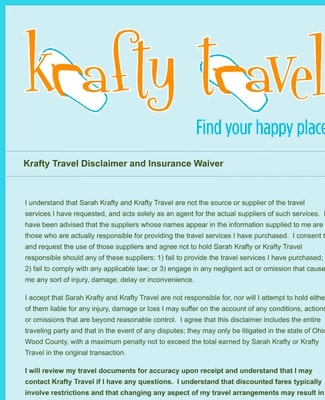
Imagine you’re taking a group on a hiking tour through the mountains. You don’t want to be held responsible if someone slips on a wet rock and breaks their ankle, so you need a liability waiver that outlines the risks and clarifies that clients assume responsibility for their own safety. And let’s be real, if someone insists on trying to climb a tree and falls, that’s not on you. That’s just natural selection doing its job.
You’ll also want to include a disclaimer that absolves your business of any liability for accidents or injuries that may occur during the tour. It’s not that you don’t care about your clients, it’s just that you can’t control everything. I mean, have you seen some of the crazy things people do on tours?
Limitations of liability and indemnification provisions
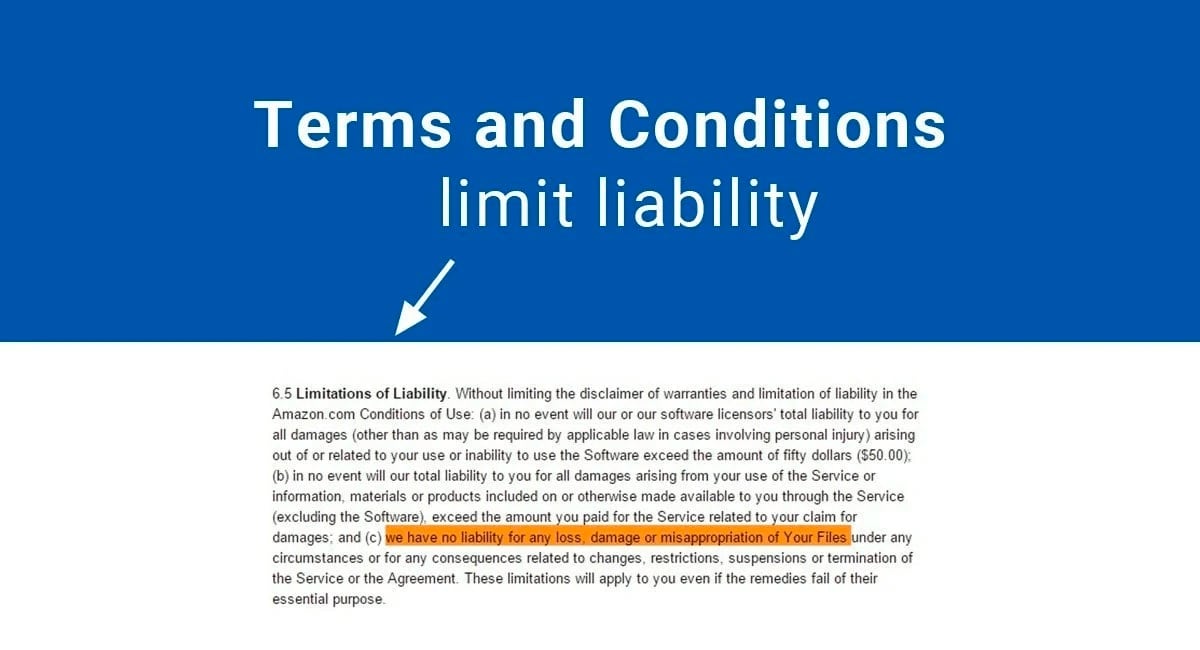
Liability waivers and disclaimers offer some protection, but it’s also important to include limits of liability and indemnification in your terms and conditions. For example, you can say how much your business will be liable for and when. You might talk about accidents that happen during a guided exercise, but not ones that happen when people are on their own.
Also, let’s be honest: you are not to blame if someone gets hurt trying to reenact an Indiana Jones scene in their spare time. You might also want to think about making clients sign a separate indemnification deal that says they know and agree to the risks of the tour. It’s the same as getting on a roller coaster. You are aware that there are risks, but the thrill is worth it.
Other Considerations
Force majeure provisions

Sometimes, even the best-laid plans can go awry. That’s why it’s important to include force majeure provisions in your terms and conditions. These provisions protect your business in the event of unforeseeable circumstances, such as natural disasters, zombie apocalypses, or alien invasions. Include details about what will happen in the event of a force majeure, such as rescheduling the tour or providing a refund.
Travel insurance requirements and recommendations
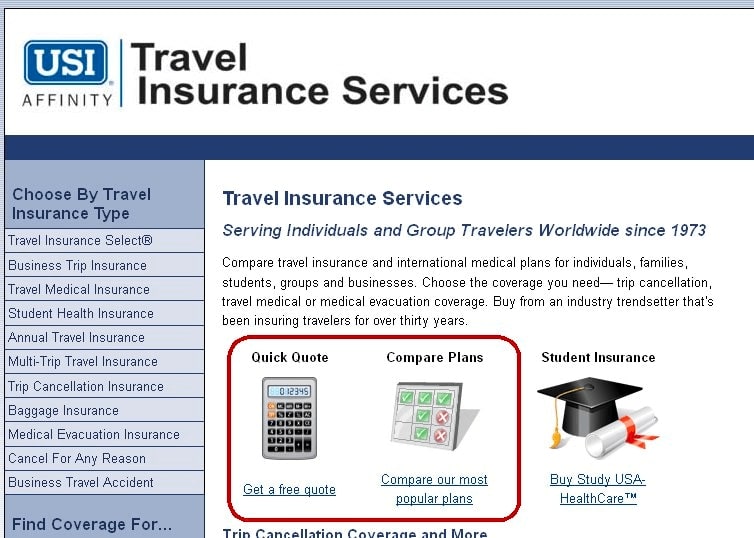
Traveling can be a risky business, and accidents can happen. That’s why it’s important to require or at least recommend that clients purchase travel insurance. Not only does it protect them in case of emergencies, but it also protects your business from potential liability. Just make sure to explain what type of travel insurance is required or recommended, and provide resources for clients to purchase it.
Governing law and jurisdiction

It’s very important to explain the law and court that will apply to your terms and conditions. Will the laws of your home state apply or the laws of the state where the tour is? Will any disagreements go to court or be settled by arbitration? Even though these may seem like boring legal details, they can be important if there are any legal problems. You can also spice it up with legal puns, such as “Don’t be a defendant without a lawyer!”
Conclusion
To sum it all up, your terms and conditions are the legal safety net that will keep your business afloat in rough seas. So make sure to include all the important information, such as payment, cancellations, reservations, the schedule, where you will stay, and who is responsible for what. And don’t forget to sprinkle in some force majeure provisions, travel insurance requirements, and jurisdiction rules for extra security.
Now, we know that reading terms and conditions is about as exciting as watching paint dry, but believe us, it’s worth it! Before they book a tour, you should ask your clients to read and understand your terms and conditions. This will make sure that everyone has a smooth and fun time. Plus, they might find one or two secret gems that will make their trip even more interesting.

